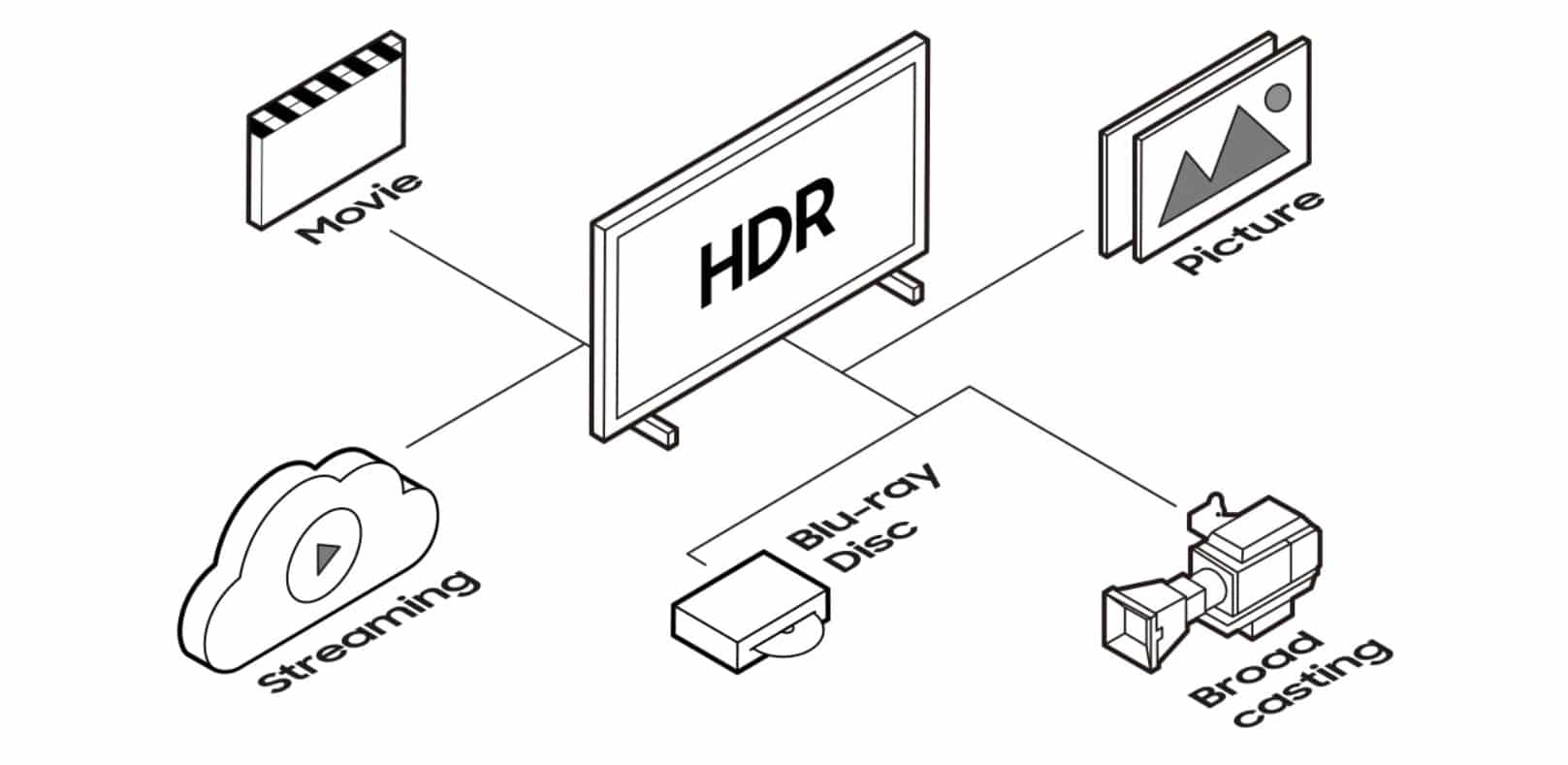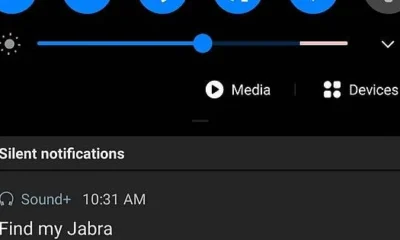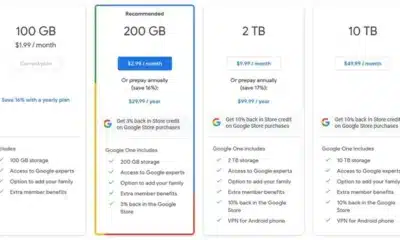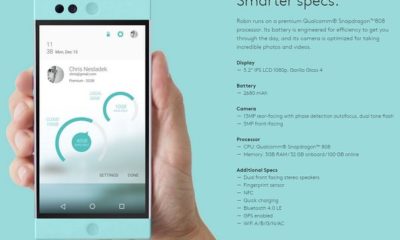Tech
HDR technology: How Does it Affect Mobile Screens?

HDR stands for High Dynamic Range. It is a display technology that enhances the contrast between an image’s brightest and darkest parts. HDR is a feature on many high-end mobile phones which can make images and videos look more realistic and detailed.
What is HDR?
While HDR has been around for years, it’s only becoming popular among phone makers for a few reasons. First, new standards ensure that HDR content looks good on all devices, regardless of screen size or type. Second, phone screens are getting brighter and more colorful in general, so they’re better able to handle HDR’s increased contrast range.
HDR was first developed in the film industry to capture more detail in dark areas of an image. The technique uses several different exposures to create an image with broader contrast, richer colors, and more depth than would be otherwise possible with just one exposure.
How does HDR work on Mobile Devices?
HDR is a photography technique that captures the full range of light. HDR on mobile devices is not as good as HDR on digital cameras. However, it does have its advantages. For example, HDR can help you to take better pictures in low-light conditions and can also help you to take photos with more detail and less noise.
It is worth noting that HDR on mobile devices has a few drawbacks, too:
- First, it takes more storage space than regular photos.
- Second, it takes more processing power from your phone.
- Third, it needs a higher-quality camera sensor.
The main benefits of HDR for mobile screens are higher contrast ratio, better color accuracy, higher brightness, and wider color gamut.
What does it mean when a mobile screen has HDR?
A mobile device must be designed in specific ways to be HDR compatible. If it does not have the seal, it is not certified for HDR content and can’t provide the best viewing experience. These requirements are related to the brightness levels of the panel, contrast, and color range supported. Therefore, you should take these aspects into account when choosing a mobile. For example, in addition to understanding the maximum and minimum ranges for a device, it’s important to note how wide its color range is from each end of its size spectrum. This will also affect how rich your images are.
The video quality requirements for a mobile panel vary depending on the use. If you’re watching videos on your mobile, it is also important to note how high the resolution is because this will affect how detailed and rich your content will be. When purchasing a new mobile device, it’s essential to be mindful of the color gamut and ensure that it is wide enough to display HA (High Dynamic) content accurately. These are typically advertised as including DCI-P3 coverage, making them suitable for HDR displays. If you have a newer smartphone model, HDR ensures you’ll be able to consume content with improved quality, such as colors, contrasts, and brightness.
-

 Phones6 months ago
Phones6 months agoHow Do I Know if My Phone Supports AR?
-

 Tech6 months ago
Tech6 months agoDoes Astigmatism Affect Your VR Experience?
-

 Business5 months ago
Business5 months agoHow Do You Make an AR Without Coding?
-

 Phones5 months ago
Phones5 months agoWhat To Do About That Weird Notification Sound on Android?
-

 Tech5 months ago
Tech5 months agoHow Can I Get Google Drive 1TB for Free?
-

 Phones5 months ago
Phones5 months agoHow Does SnapDrop Work? – Instant File Sharing Made Easy
-

 Tips and Tricks5 months ago
Tips and Tricks5 months agoCan You Use Windows VR for Sculpting?
-

 Tech4 months ago
Tech4 months ago5 things you’ll miss after switching to iPhone from Android



























